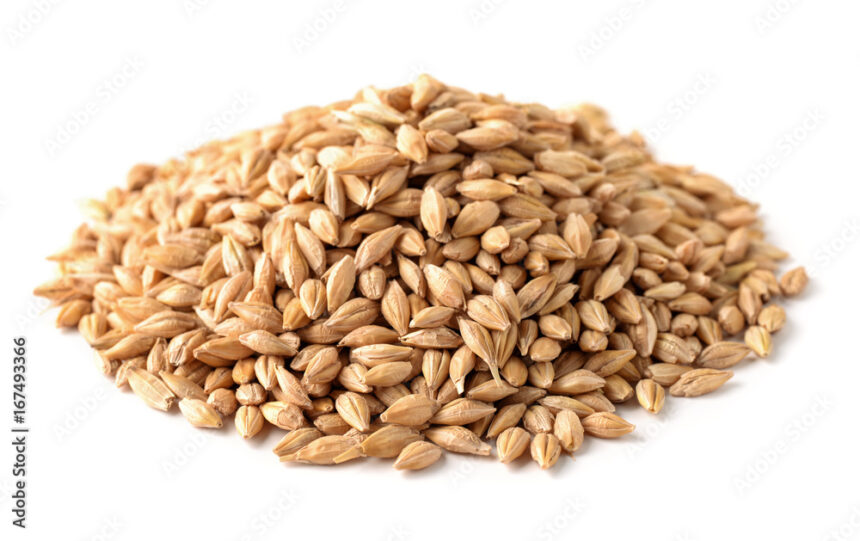Fusarium head blight (FHB), also known as scab, is a fungal disease that affects cereal crops like barley. It is important to monitor and recognize the symptoms of FHB in barley to take appropriate management measures. Here are some symptoms to look out for:
- Discolored Spikelets: Infected spikelets may appear bleached, pale pink, or light brown compared to healthy green or yellow spikelets.
- Premature Ripening: Infected heads may show premature ripening, where the grain at the top of the head turns brown or shrivels before the lower parts.
- Shrunken and Lightweight Grains: The infected grains may become shriveled, chalky, or lightweight compared to healthy grains.
- Pinkish or Orange Spore Masses: Under humid conditions, infected spikelets may develop pinkish or orange spore masses, especially on the glumes (outer protective structures) and awns (bristle-like structures).
- Malformed Heads: Infected barley heads may have distorted shapes, such as shriveled or twisted heads.
- White Mold Growth: White mold growth may develop on the spikelets, glumes, and awns. This mold is caused by the fungus and is a characteristic symptom of FHB.
- Mycotoxin Production: Fusarium species can produce mycotoxins, such as deoxynivalenol (DON) or vomitoxin. These mycotoxins can contaminate the grain and pose a health risk to humans and animals if consumed.
It’s important to note that symptoms can vary depending on the severity of the infection, the stage of plant development, and environmental conditions. If you suspect Fusarium head blight in your barley crop, it’s advisable to consult with a local agricultural extension service or plant pathologist for proper diagnosis and management recommendations.
Join 'Farmers Mag' WhatsApp Channel
Get the latest Farming news and tips delivered straight to your WhatsApp
CLICK HERE TO JOIN






